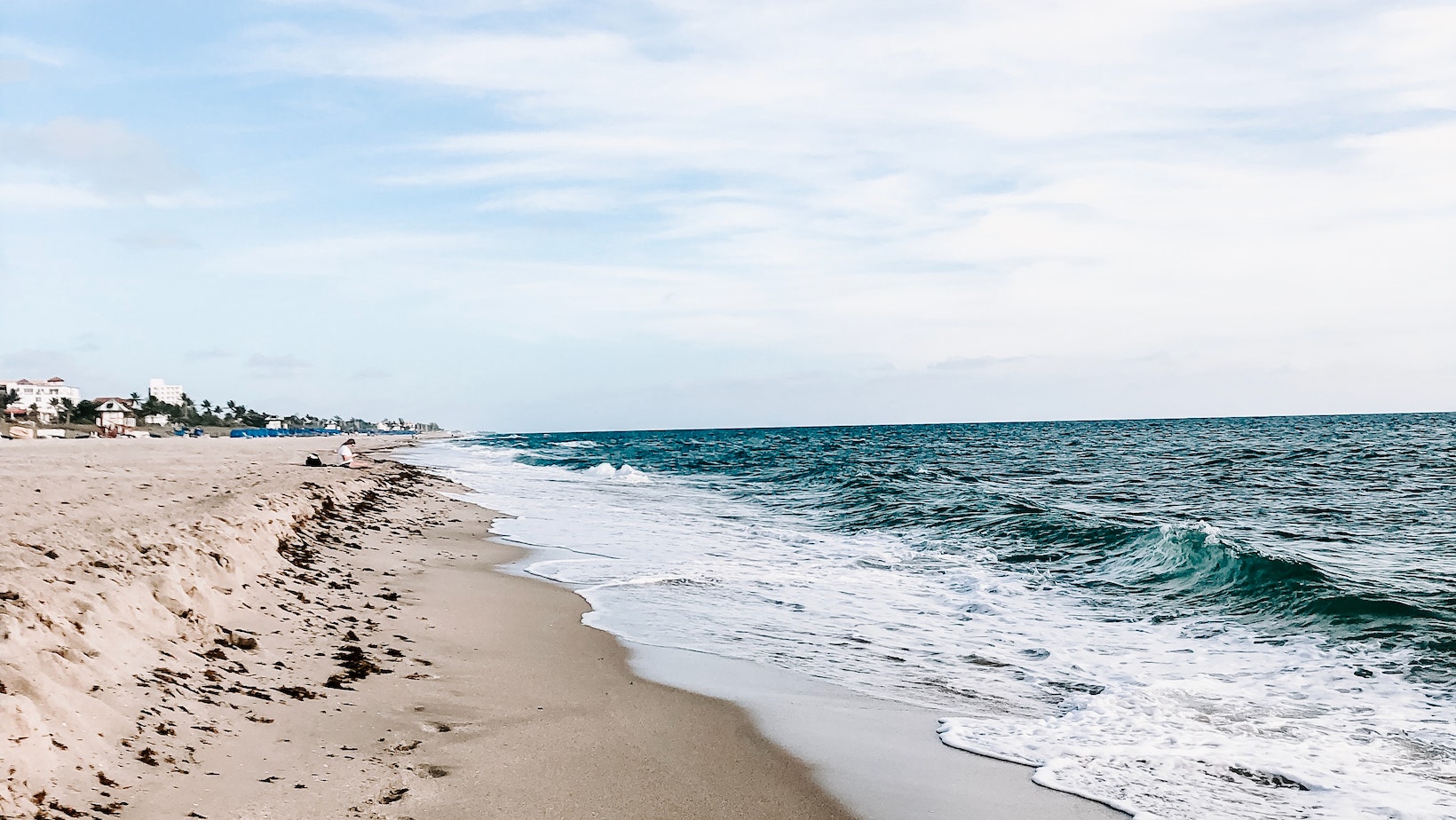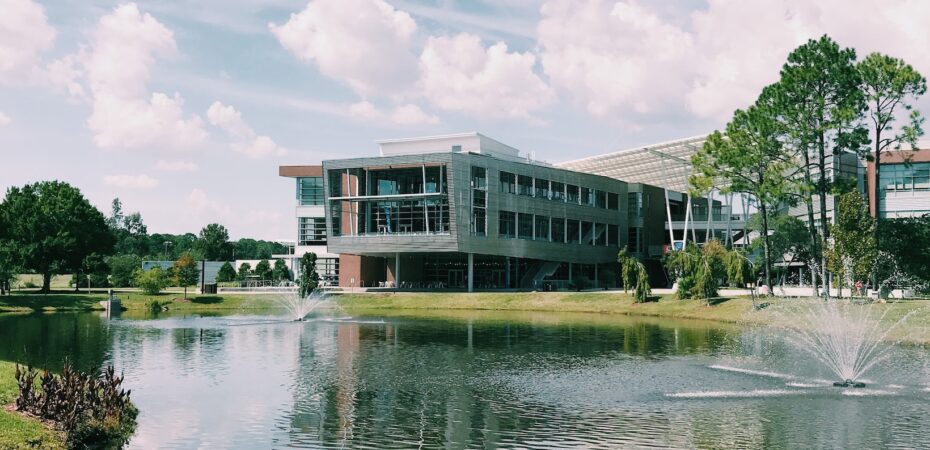Distance Between Jacksonville and St Augustine
Are you curious about the distance between Jacksonville and St. Augustine? Well, let me break it down for you. These two vibrant cities in Florida are not too far apart, making it convenient to explore both during your visit to the Sunshine State.
Located just 40 miles southeast of Jacksonville, St. Augustine is a picturesque coastal town that holds the title of being the oldest city in the United States. With its rich history, charming architecture, and beautiful beaches, it’s no wonder why many travelers choose to make the short journey from Jacksonville to experience all that St. Augustine has to offer. To get from Jacksonville to St. Augustine, you can hop on Interstate 95 South and enjoy a scenic drive along Florida’s northeastern coast. The journey takes approximately 45 minutes by car depending on traffic conditions. Whether you’re planning a day trip or looking for a weekend getaway, exploring these two captivating cities will surely leave you with unforgettable memories.
So if you’re wondering about the distance between Jacksonville and St. Augustine, rest assured that they are within close proximity, allowing you to easily navigate between these fascinating destinations and indulge in everything they have to offer. The history of Jacksonville and St. Augustine is a fascinating tale that stretches back centuries, filled with captivating events and significant milestones. Allow me to take you on a journey through time as we delve into the rich historical tapestry of these two iconic cities in Florida.
- Spanish Exploration and Settlement: In the early 16th century, Spanish explorers arrived on the shores of what is now known as Florida. Led by Juan Ponce de León, they were searching for the legendary Fountain of Youth. It was during this exploration that St. Augustine was founded in 1565, making it the oldest continuously inhabited European settlement in the United States.
- British Influence and Territorial Disputes: During the 18th century, both Jacksonville and St. Augustine fell under British rule at different times due to territorial disputes between Spain and Britain. The Treaty of Paris in 1763 ceded Florida to Britain until it was returned to Spanish control in 1783 after the American Revolutionary War.
- Growth and Development: In the early 19th century, Jacksonville emerged as a major port city due to its strategic location along the St. Johns River. Its proximity to fertile agricultural land led to economic growth, attracting settlers from various backgrounds seeking new opportunities.
- Civil Rights Movement: Both Jacksonville and St. Augustine played pivotal roles during the Civil Rights Movement in the mid-20th century. Activists like Dr. Martin Luther King Jr., Andrew Young, and others fought against racial segregation and injustice, leaving an indelible mark on these communities’ histories.

Strolling through their historic streets and exploring the well-preserved landmarks, it’s easy to feel the weight of history in both Jacksonville and St. Augustine. From the enduring influence of Spanish colonization to the struggles for civil rights, these cities have witnessed remarkable chapters in America’s story. As we continue our exploration, let’s uncover more about their unique heritage and how they have shaped Florida’s past and present. Geographical Overview: Where are Jacksonville and St. Augustine Located?
Let’s dive into the geographical overview of Jacksonville and St. Augustine and explore where these two cities are located in relation to each other. Situated in Northeast Florida, both cities boast a rich history and vibrant culture that draw visitors from near and far.
Firstly, let’s pinpoint the location of Jacksonville. It is nestled along the northeastern coast of Florida, right where the St. Johns River meets the Atlantic Ocean. As the largest city by area in the contiguous United States, Jacksonville offers a diverse landscape encompassing urban neighborhoods, charming suburbs, and picturesque beaches.


 By
By 




